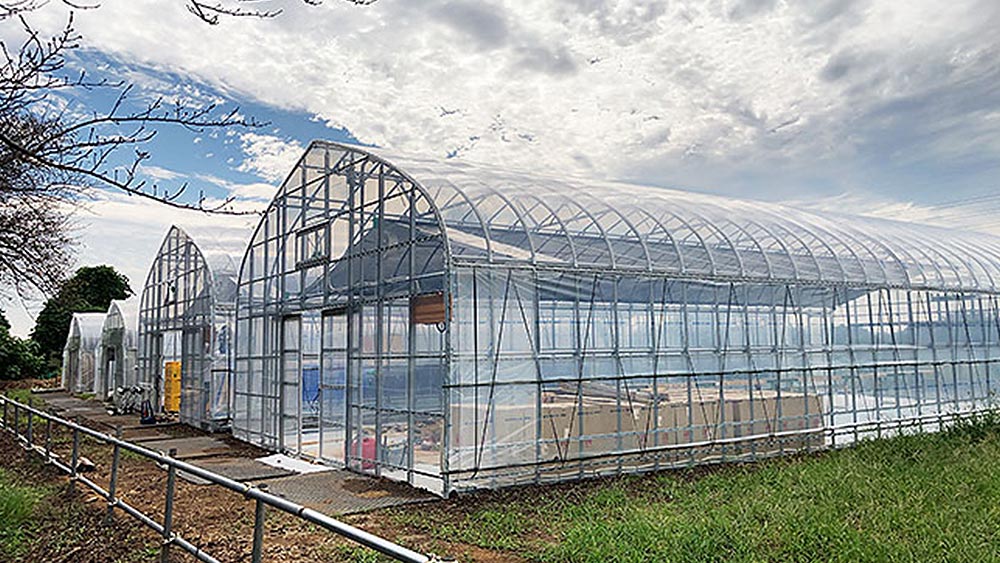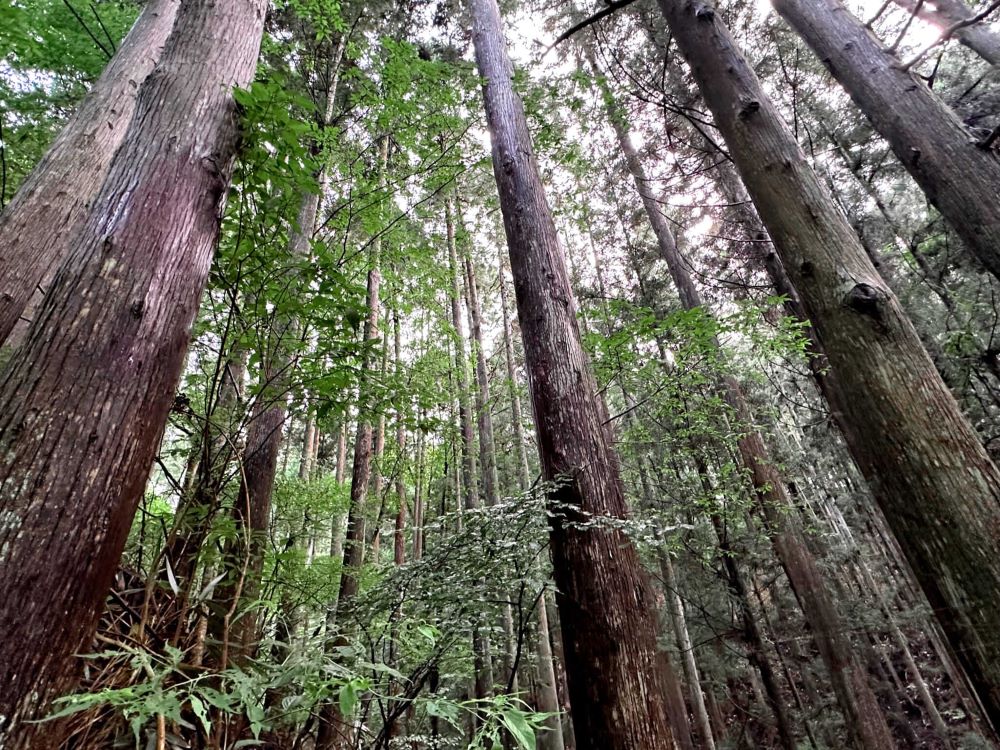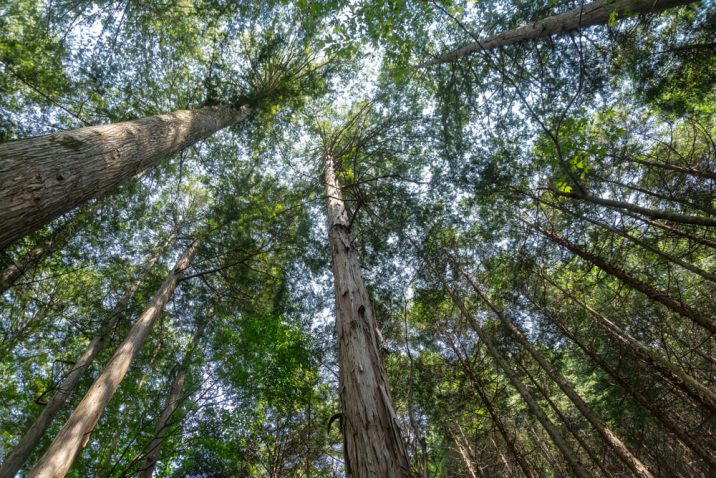From the perspective of carbon neutral, the use of wood material has gained increasing attention in society. On the other hand, the broader area of unmanaged forest (which we saw in Part 1) is one of the significant issues in Japan regarding...
In Japan, forest accounts for around 70% of the entire land area, and the number comes third in the ranking of OECD countries, after Finland and Sweden. From the perspective of sustainability, these forests have multiple ecosystem benefits for both...
The Sugi no Chikara Co., Ltd. has launched Cedar Nyan, an innovative organic cat litter that not only promises potent natural odor and bacteria control but also supports employment opportunities for individuals with disabilities. Partnering with...
Japan boasts vast forest reserves, with forests covering 67% of the nation’s land. Remarkably, 41% of these forests are human-made. However, a significant portion has been neglected as forestry has become less valuable, particularly with the...
As the heat intensifies, escaping indoors from the scorching outdoor temperatures that seem to reach 40 degrees, we are greeted by overly aggressive air conditioning, making it uncomfortably cold and seemingly prone to catching a cold. In fact...
Japan’s Future Forests has introduced a wooden maternity key holder, crafted exclusively from construction offcuts of domestically grown cedar trees. It is a testament to the organization’s commitment towards the promotion of domestic...
Hida City in Gifu Prefecture is home to magnificent autumn foliage wood that turns bright red in the fall. Unlike the monoculture cedar forests, which artificially make up nearly 20 percent of Japan’s forests, the natural “broadleaf” forest in...
Japanese brand, Urushi no Hashi Juhachi Zen, offers 18 stylish lacquered chopstick designs, as the name “Juhachi (18)” suggests. In Japanese culture, the eighteenth position is typically the most prominent in a performance, implying a performer’s...
In the 1945-1955s, Japan’s postwar reconstruction efforts led to an increase in demand for lumber, and the government promoted a forest development policy. However, after 1964, the demand for domestic lumber continued to decline due to the...










